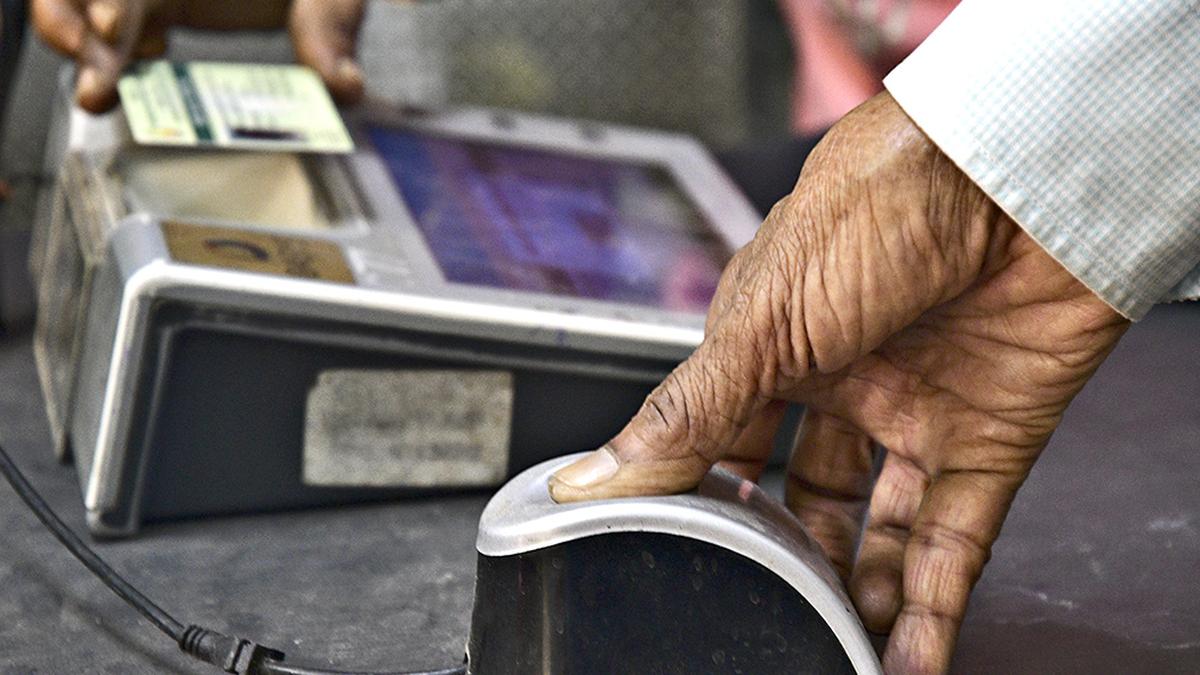Description

Disclaimer: Copyright infringement not intended.
Context
- Inflation rates based on the official consumer price index (CPI) reveal significant disparities across food categories, notably cereals and pulses, due to market interventions involving buffer stocks.
- This analysis delves into how buffer stocks, particularly in wheat and chana (chickpea), have influenced inflation dynamics in recent years.
Statistical Insights
- CPI Data: In May 2024, inflation rates were recorded at 8.69% for cereals and 17.14% for pulses based on the CPI.
- Wheat Sales: FCI sold a record 100.88 lakh tonnes of wheat in fiscal year 2023-24.
- Chana Procurement: National Agricultural Cooperative Marketing Federation of India (NAFED) procured 25.56 lakh tonnes and 23.53 lakh tonnes of chana in the crop years 2021-22 and 2022-23 respectively.
- Retail Prices: Retail prices of split chana dal increased to Rs 90 per kg from Rs 70 a year ago.
These figures underscore the significant impact of buffer stock policies on stabilizing market prices and mitigating inflationary pressures in essential food commodities.
Buffer Stock Impact on Cereals
Wheat Intervention
- In 2022-23, the Food Corporation of India (FCI) offloaded 34.82 lakh tonnes of wheat, significantly boosting market supplies.
- This intervention continued into the next fiscal year, with a record 100.88 lakh tonnes sold, including processed flour under the ‘Bharat Atta’ brand.
- Resulted in a decline in retail inflation from a peak of 25.37% in February 2023 to 6.53% by May 2024.
Policy Effectiveness
- Despite declining stocks due to poor crops, the buffer maintained by FCI proved instrumental in stabilizing wheat prices and moderating inflationary pressures.
- Illustrates the efficacy of strategic buffer stock management in mitigating price volatility during supply disruptions.
Buffer Stock Impact on Pulses
Chana Procurement
- National Agricultural Cooperative Marketing Federation of India (NAFED) procured large quantities of chana during surplus years, totaling 25.56 lakh tonnes and 23.53 lakh tonnes in successive years.
- Purchases at minimum support prices (MSP) prevented a surge in pulse prices despite adverse weather conditions affecting crops.
Market Influence
- NAFED’s strategic sales of chana through e-auctions and branded ‘Bharat Dal’ helped stabilize retail prices, despite open market rates exceeding MSP significantly.
Rationale for Expanded Buffer Policies
Food Price Volatility
- Inherent volatility exacerbated by climate change necessitates robust buffer stock policies.
- Essential for preventing drastic price fluctuations and ensuring food security during shortages.
Diversification and Expansion
- Current focus on rice, wheat, and select pulses could be expanded to include oilseeds, staple vegetables, and dairy products like skimmed milk powder (SMP).
- Potential to store and process perishable items like onions, potatoes, and tomatoes into value-added forms for institutional buyers, reducing price pressures during scarcity.
Cost-Benefit Analysis
- Buffer stocks incur fiscal costs but are pivotal in averting severe economic impacts of food inflation.
- Offloading stocks during inflationary periods at market-based prices ensures fiscal sustainability.
Conclusion
- Buffer stocking emerges as a critical instrument in stabilizing food prices amidst climate-driven volatility.
- The success seen in wheat and chana markets underscores the need for expanding and diversifying buffer stocks to include a wider array of essential commodities.
- This proactive approach not only shields consumers from price shocks but also supports agricultural sustainability in the face of unpredictable climatic conditions.
READ ABOUT NAFED: https://www.iasgyan.in/daily-current-affairs/talks-with-farmers-on-crop-diversification-proposal#:~:text=NAFED%20was%20established%20on%20the,Farmers%20Welfare%2C%20Government%20of%20India.
READ ABOUT FOOD CORPORATION OF INDIA: https://www.iasgyan.in/daily-current-affairs/food-corporation-of-india-fci-11
https://www.iasgyan.in/daily-current-affairs/food-corporation-of-india-fci#:~:text=The%20FCI%20is%20one%20of,Public%20Distribution%20System%20(PDS).
|
PRACTICE QUESTION
Q. Discuss the significance of the buffer stock policy in stabilizing food prices and managing inflation in India. Also, suggest measures to enhance the scope and efficiency of buffer stock management in addressing contemporary challenges like climate change and market volatility.
|
SOURCE: INDIAN EXPRESS
Array
(
[0] => daily-current-affairs/buffer-stock-policy-and-its-impact-on-inflation
[1] => daily-current-affairs
[2] => buffer-stock-policy-and-its-impact-on-inflation
)








